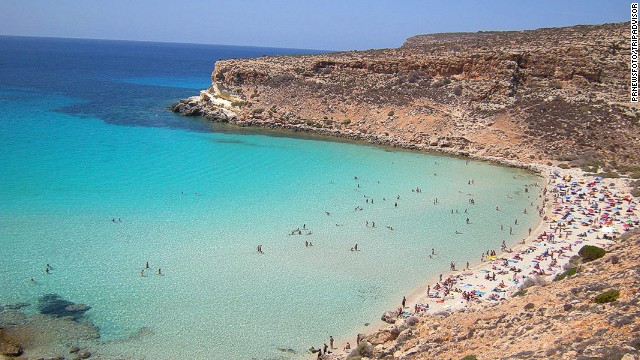
Rabbit Beach, Lampedusa, ItalyWith blinding white cliffs, fluorescent blue waters, warm temperatures and dry-desert land, it's little wonder this place frequently tops favorite beach lists. Protected turtles lay eggs here and dolphins can be seen in the water.
Highlight: The nearby volcanic isle of Linosa, featuring a spectacular black and red Mars-like beach.

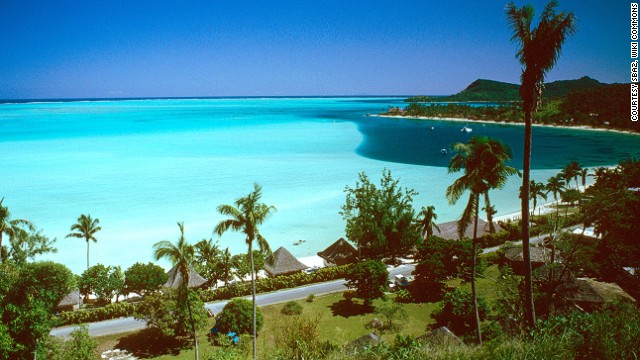

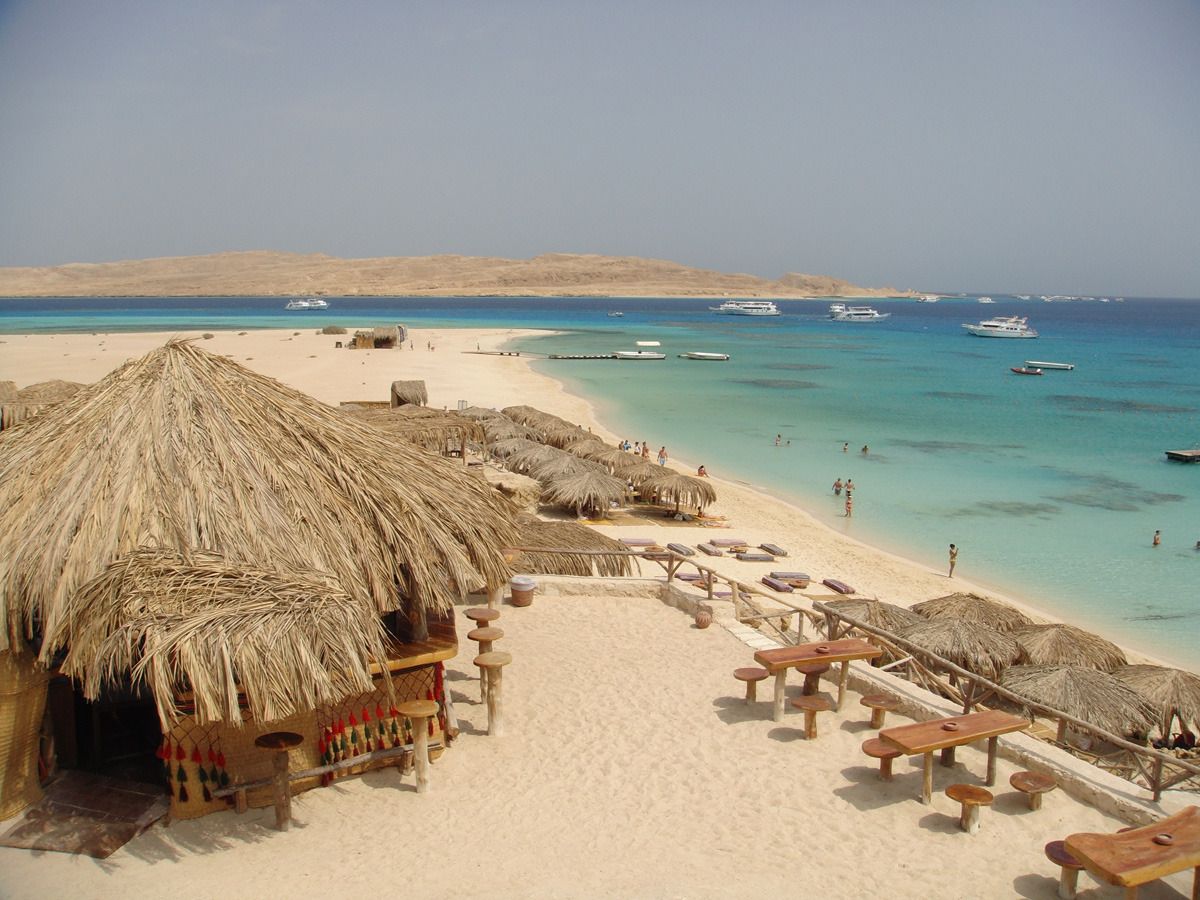


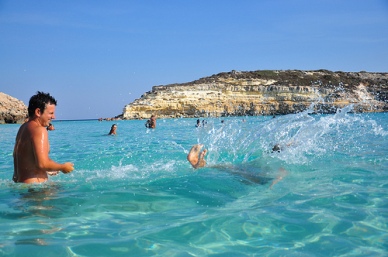








Lampedusa (pronounced Sicilian: Lampidusa; Ancient Greek Lopadoussa) is the largest island of the Italian Pelagie Islands in the Mediterranean Sea. The comune of Lampedusa e Linosa is part of the Sicilian province of Agrigento which also includes the smaller islands of Linosa and Lampione. It is the southernmost part of Italy. Tunisia, which is about 113 kilometres (70 miles) away, is the closest landfall to the islands. Sicily is farther at 176 kilometres (109 miles); Malta is a similar distance to the east. Lampedusa, which has an area of 20.2 square kilometres (7.8 sq mi), has a population of approximately 4,500 people. Its main industries are fishing, agriculture, and tourism. A ferry service links the island with Porto Empedocle, near Agrigento, Sicily. There are also year-round flights from Lampedusa Airport to Palermo and Catania on the Sicilian mainland. In the summer, there are additional services to Rome and Milan, besides many other seasonal links with the Italian mainland. Since the early 2000s, the island has become a primary European entry point for migrants, mainly coming from Africa. In 2013, Rabbit Beach, located in the southern part of the island, was voted the world's best beach by travel site TripAdvisor.





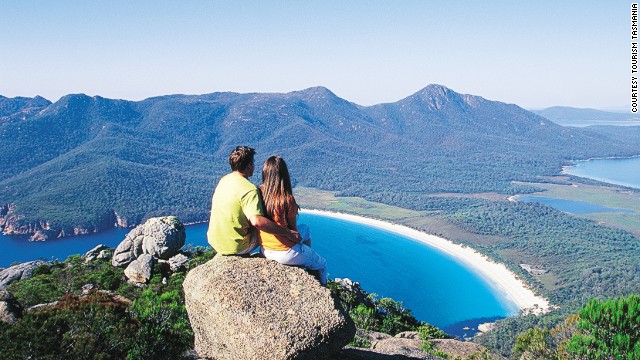
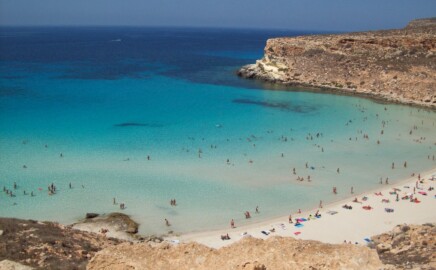


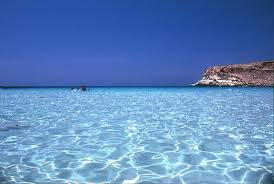





The name Lampedusa derives from the ancient Greek name of the island, (lépas), which means 'rock', due to the rocky landscape of the island; this word was also used by the Greeks for a kind of oyster and the island may have been called like this due to the abundance of this kind of oyster. Other scholars believe that the name derives from (lampás), which means 'torch', because of the lights which were placed on the island for the sailors.The Isola dei Conigli (literally "Rabbit Island"), close to the south coast of Lampedusa, is one of the last remaining egg-laying sites in Italy for the Loggerhead Sea Turtle, which is endangered throughout the Mediterranean. The beach and the neighbouring island are part of a nature reserve: here the singer-songwriter Domenico Modugno spent his vacations, and died in 1994. Next to Parise Cape is a small beach accessible only by sea, through a low grotto. Other species living along the island's coast include mantas and dolphins.


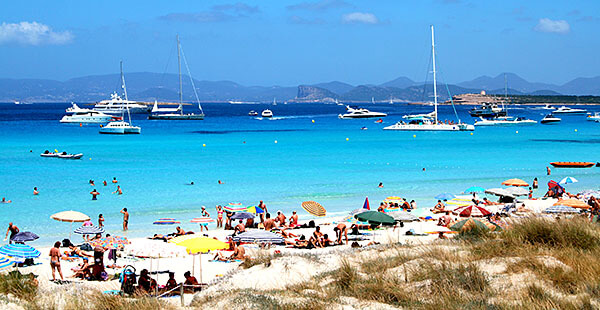


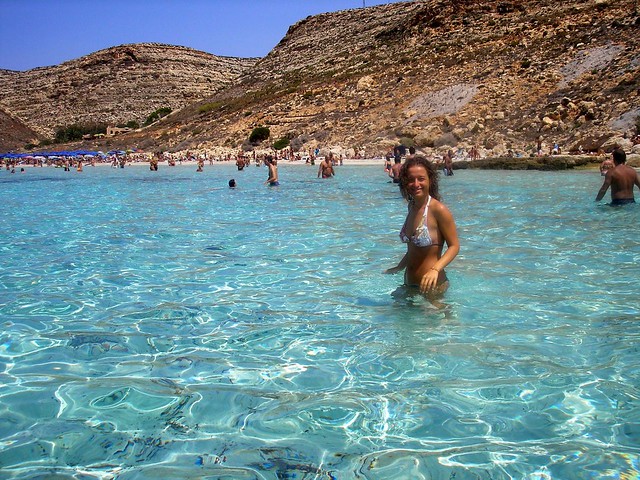
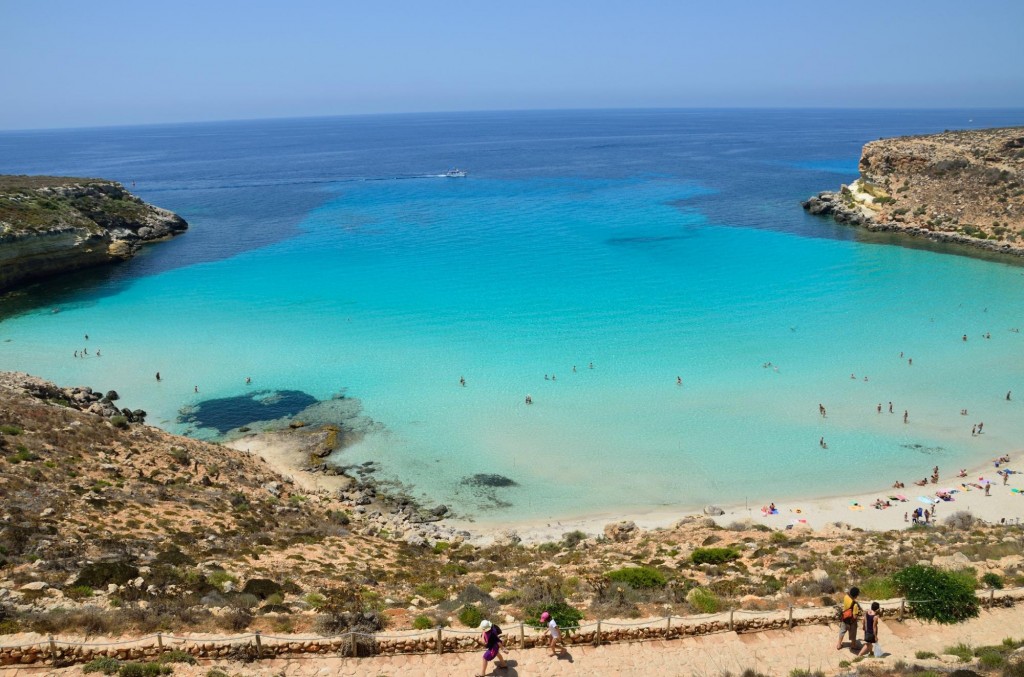


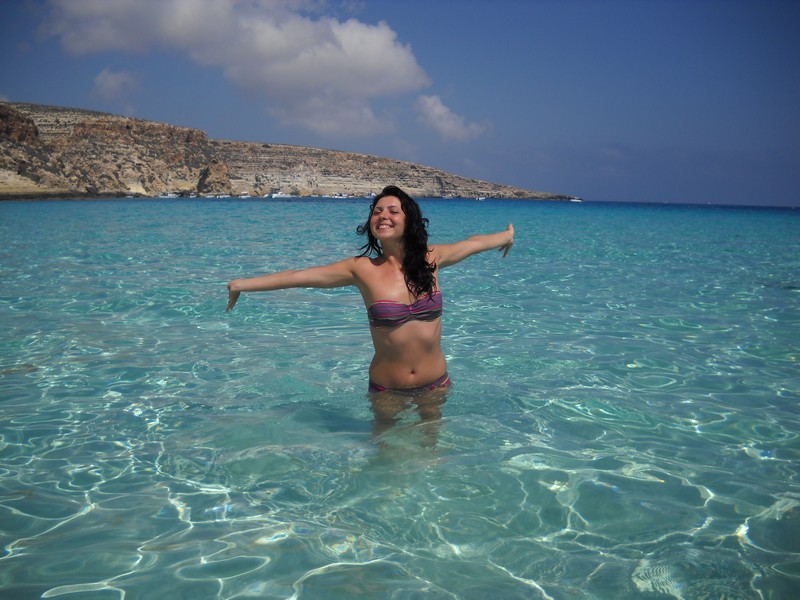
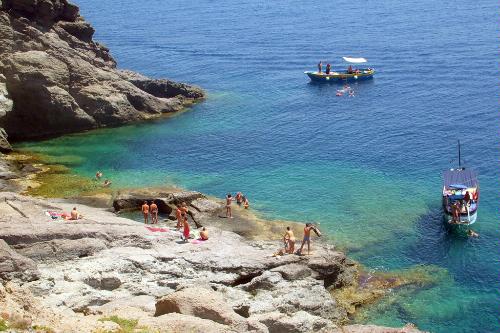

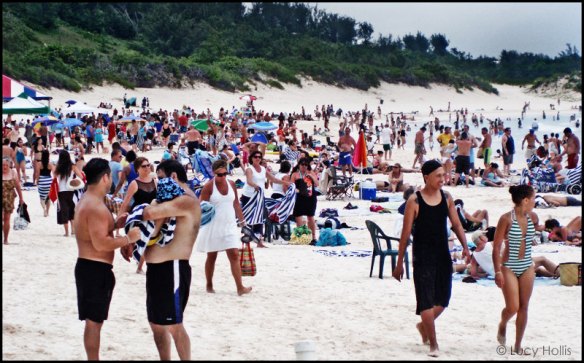
The Isola dei Conigli (literally "Rabbit Island"), close to the south coast of Lampedusa, is one of the last remaining egg-laying sites in Italy for the Loggerhead Sea Turtle, which is endangered throughout the Mediterranean. The beach and the neighbouring island are part of a nature reserve: here the singer-songwriter Domenico Modugno spent his vacations, and died in 1994. Next to Parise Cape is a small beach accessible only by sea, through a low grotto. Other species living along the island's coast include mantas and dolphins.





.jpg)


